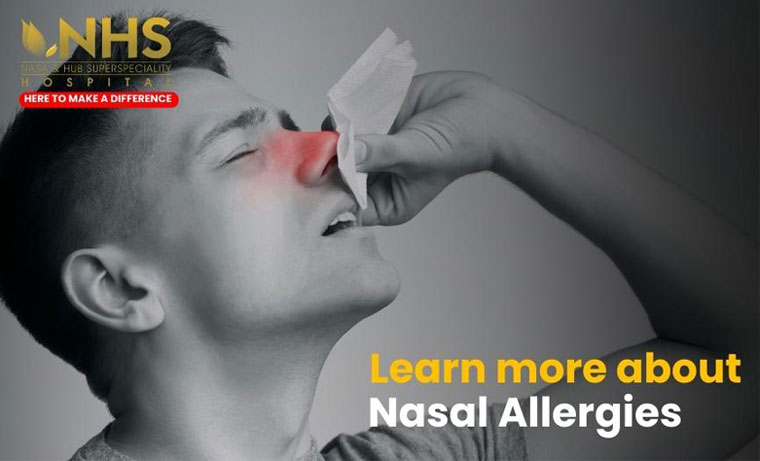
Have you been sneezing more lately? Feeling congested
and dealing with an itchy, runny nose? Chances are you're suffering
from nasal allergies. Don't worry, you're not alone. Millions of
people deal with seasonal or perennial allergic rhinitis. The good
news is, there are plenty of ways to get relief from your symptoms
and start breathing easier again.
This guide will walk you through everything you need to know about
nasal allergies. We'll explore the common symptoms to look for, the
types of allergens that trigger a reaction and the available
treatment options. You'll learn some effective ways to avoid
triggers and natural remedies to try.
Read on to uncover all the essential information you need. Relief is
just around the corner!
What Are Nasal Allergies? Triggers, symptoms and treatment
Nasal allergies, also known as hay fever, happen when your immune system overreacts to airborne particles that are typically harmless, like pollen, dander, and dust mites.
Triggers or allergens for nasal allergies include:
Specific allergens depend on where you live and the season. Some of them are:
1. Pollen from trees, grasses, and weeds: These are common culprits,
especially on warm, dry, and windy days
2. Pet dander: Especially from cats and dogs, these can trigger symptoms
year-round
3. Dust mites or tiny bugs: These live in matresses carpets and feed on dead
skin cells, they are another frequent trigger for nasal allergies
settings.
4. Indoor dust is also an allergen for many people
Symptoms for nasal allergies
Allergy symptoms range from mild irritation to severe nasal congestion and difficulty breathing. The hallmark signs are:
a) Runny nose with clear discharge
b) Sneezing, especially fits of multiple sneezes
c) Nasal congestion
d) Itchy, watery eyes
e) Dark circles under eyes
f) Cough
To determine if you have nasal allergies, consult with an allergy doctor or specialist so that they can recommend the appropriate treatment plan, so you can finally breathe easy again.
Diagnosing Nasal Allergies: Seeing an Allergy Specialist and Getting Tested
Going to see an Allergy Specialist for proper testing is the only way to get
an official diagnosis for your nasal
allergy triggers & symptoms. They can determine exactly what you're allergic
to so you can start the right treatment
plan.
Skin prick is the gold standard allergy test. It can help you to find your
agent and curative immunotherapy can be
started
Along with visiting the allergy specialist, make some necessary lifestyle
changes too:
1. Reduce exposure to allergens is key
2. Wash bedding weekly in hot water to kill dust mites
3. Limit time outside when pollen counts are high. Saline nasal rinses can
flush out allergens and keep nasal passages
moist
4. Managing stress through yoga or meditation can also help, as stress can
also increase the problem.
Conclusion
So, there you have it, everything you need to know to get your nasal allergies under control and start breathing easy again. Don't suffer through another season of sneezing, congestion and irritation. Make some simple lifestyle changes to avoid triggers when possible.














